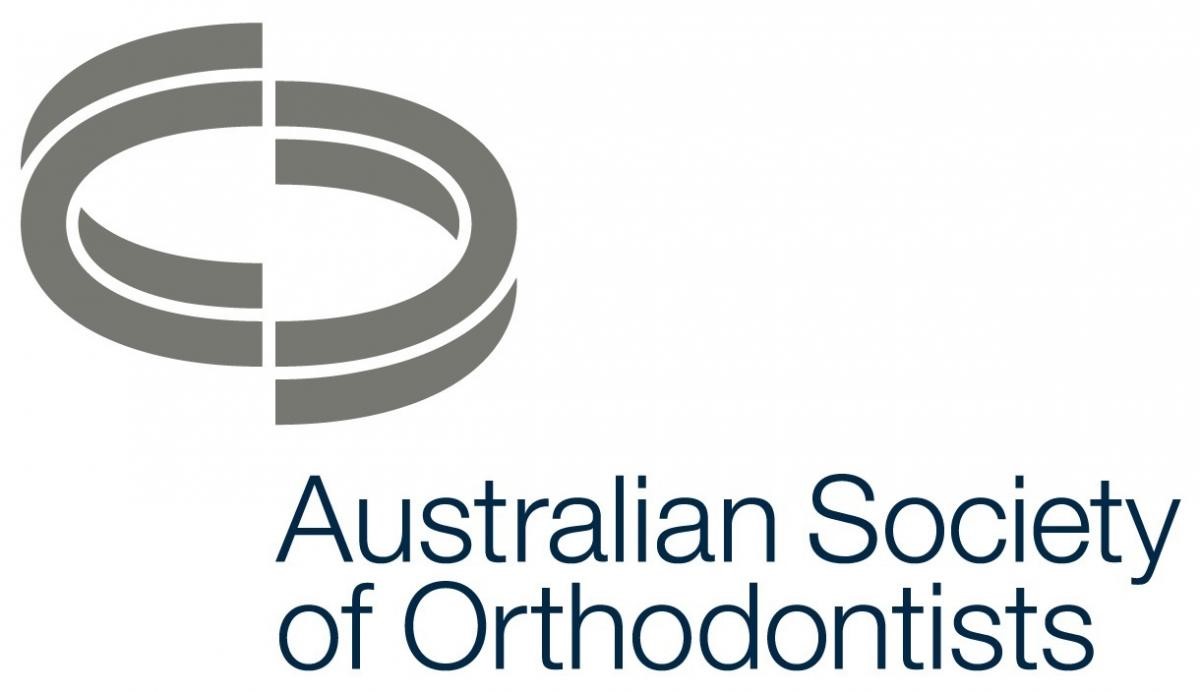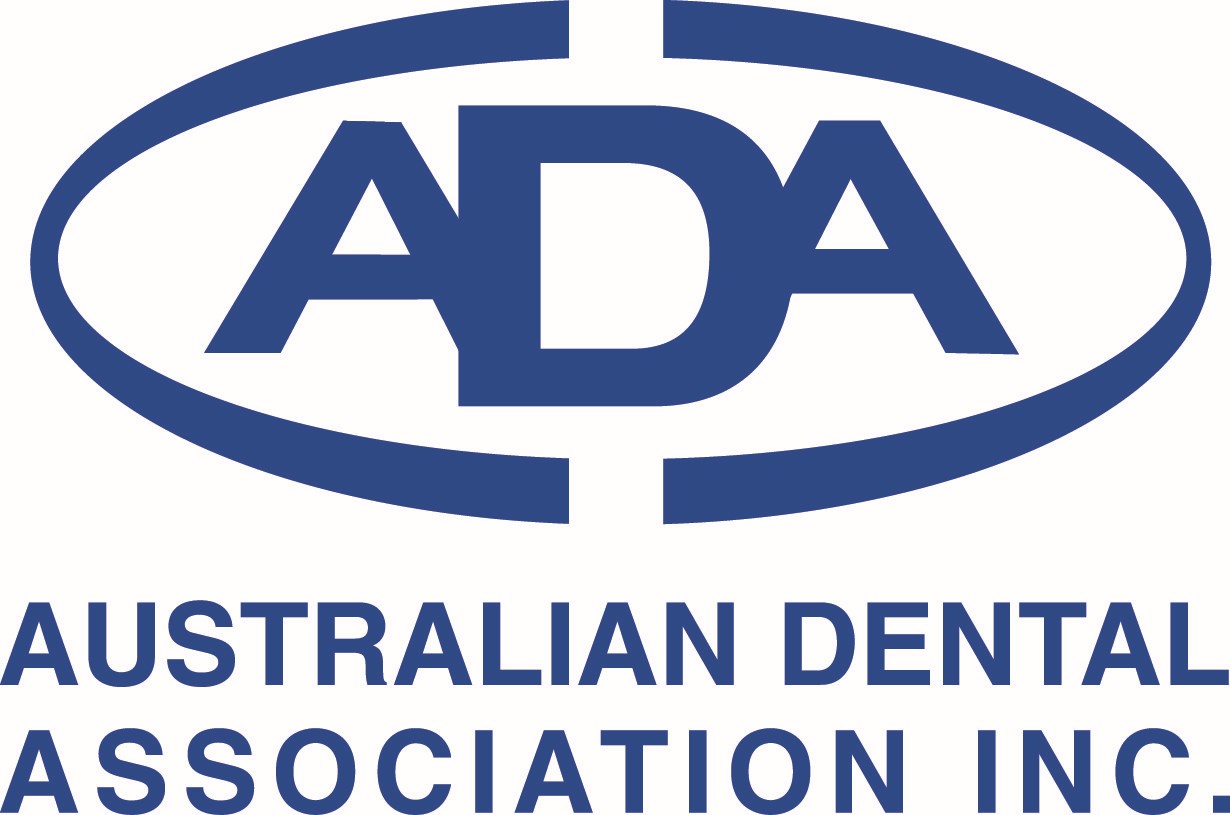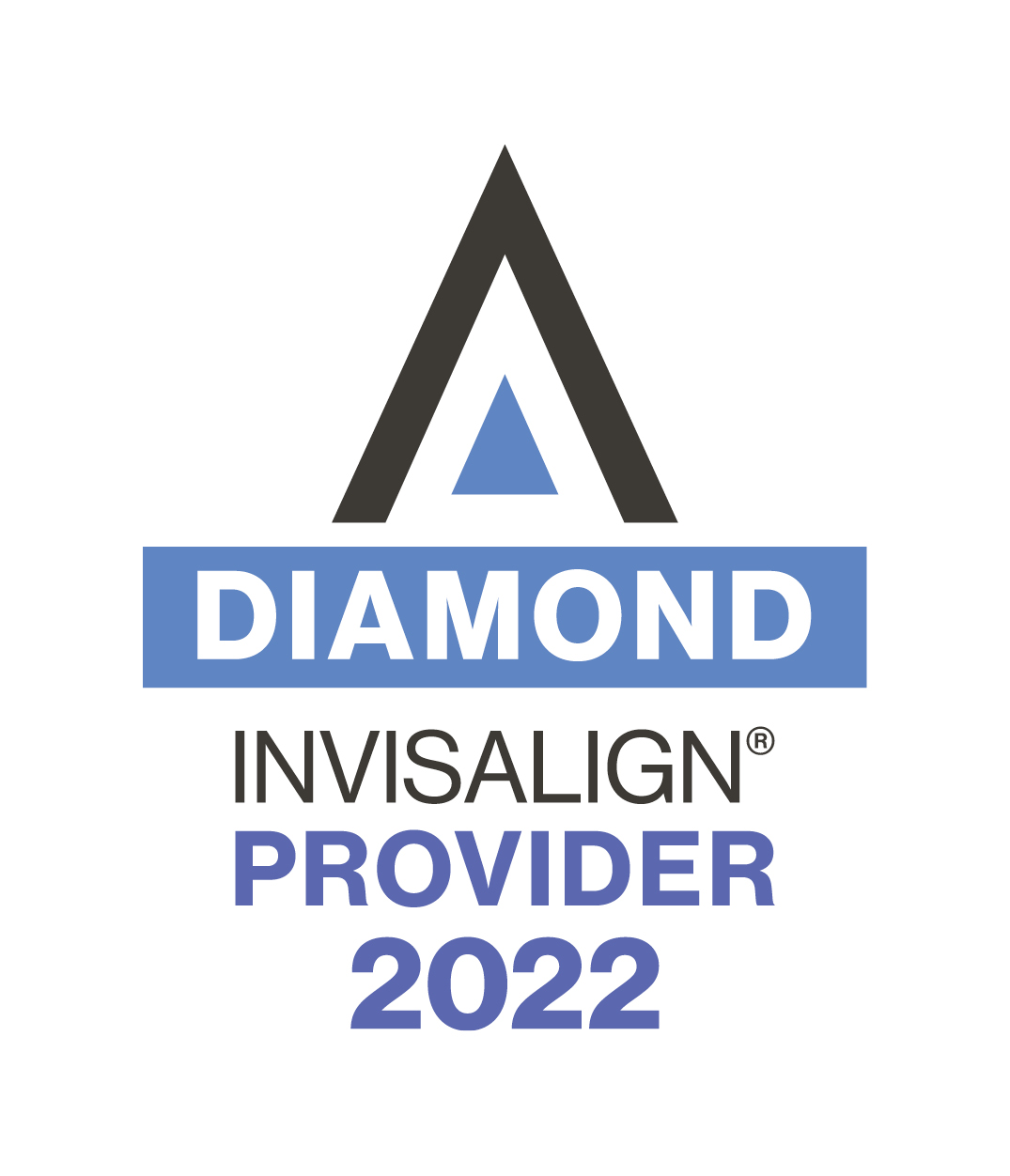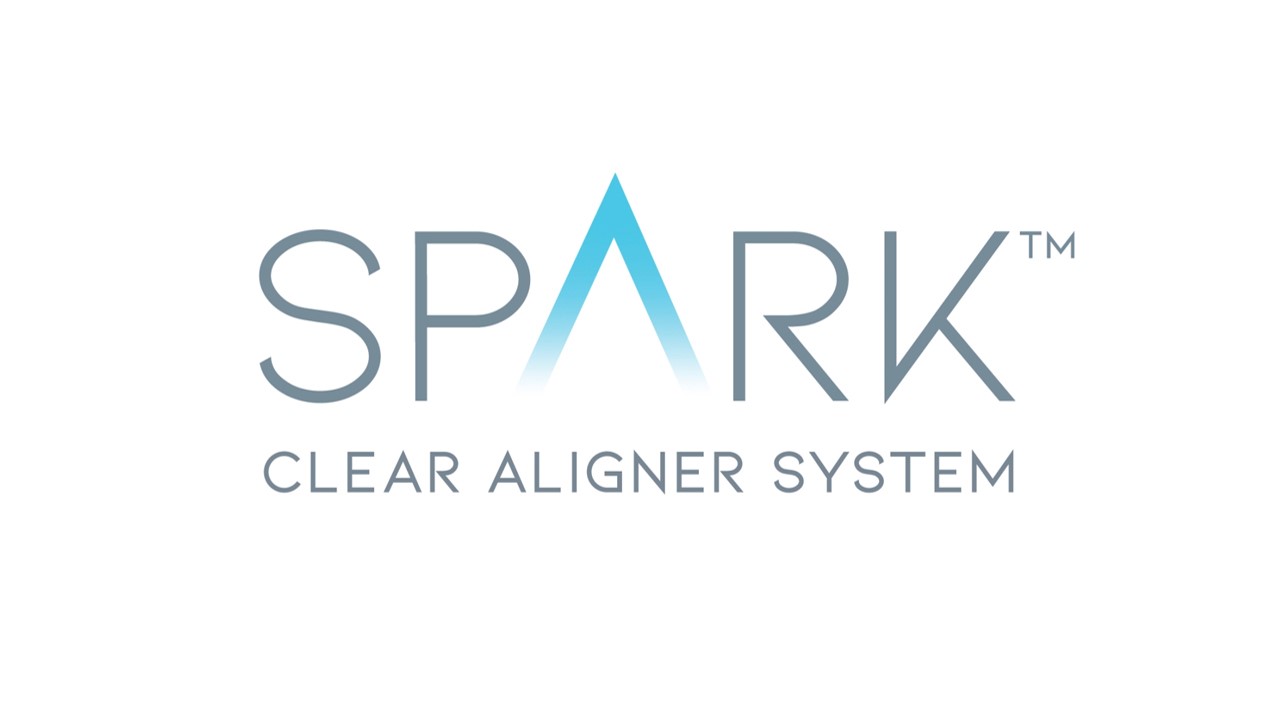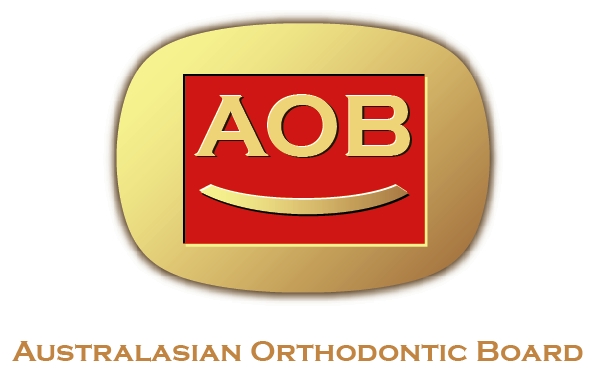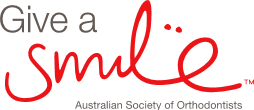Orthodontics and when do we need treatment
Orthodontics and when do we need treatment
Everybody wants a good smile, whether it is direct influence coming from celebrities on TV shows, movies or any other forms of exposure to social media. Even mainstream media in recent years have depicted characters in various types of orthodontic treatment: namely the main character Ferrera from TV show “Ugly Betty” spotting her metal “train tracks” braces, or Dara in the movie Finding Nemo wearing her braces and cervical pull headgear. Super celebrities like Tom Cruise, Zac Efron and even Justin Bieber had their “before treatment” pictures cruelly dug out by the press and showcased to the world on the internet, demonstrating what wonders of cosmetic dentistry can do to one’s confidence and rise to super stardom
However, when do we require orthodontic treatment?
In general, patients seek treatment either based on (i) aesthetic improvements or (ii) functional problems.
- Aesthetic issues could arise from dentition with unsightly dental spacing, severe dental crowding (leading to the inability to clean and floss effectively).
- Functional issues could be due to the fact that there is an uneven bite, or that the upper and lower jaw(s) did not grow concurrently and have led to dental and skeletal discrepancies. These issues may further lead to uneven wearing of the dentition and in severe cases, may even lead to jaw joint related bone and muscular pains and degeneration.
In many developed countries such as USA and Australia, orthodontic treatment has been considered by many as the normal “rite of passage” for many teenagers. These communities have understood the importance of early detection, timely treatment, enhancing efficient treatment with the growth potential of the child, as well as the improved confidence of the child as he or she matures and develops into a healthy adult.
How do we know we need treatment?
Your routine dental checks with your regular dentists are important. Any unusual dental eruption patterns, functional disturbances, missing or extra teeth present in routine x rays are picked up at these appointments. You may then be referred on to the Specialist Orthodontists for a thorough orthodontic assessment to determine if any preventive, interceptive treatment or comprehensive orthodontic treatment is required.
However, most orthodontic practices nowadays do not require patients to be referred. A phone call or an email to the orthodontist’s office to book a consultation appointment will suffice.
Orthodontics the first dental specialty
Orthodontics is the first established specialty in dentistry and treatment modalities have been honed and perfected over the years.
In Australia, there are currently 5 universities training specialist orthodontists (Sydney, Melbourne, Adelaide, WA, and Queensland – however the Queensland program may temporarily cease after the current cohort graduates due to shortage of teaching staff). On average each Australian university trains between 3-5 orthodontists per year.
Orthodontics is one of the most sort-after professions within the dental fraternity. It is extremely competitive and has the most top graduating dental students apply to their training programs each year. Not only do they have to graduate close to the top of their class during their basic dental training degrees (usually full time training between 4-5 years), to differentiate themselves from other prospective candidates, dentists usually do further degrees like a fellowship of dentistry exam, participate in advanced dental and medical science research, in order to increase their chances of being shortlisted.
Graduate dentists have to have worked at least 2 years as dentists before they are invited to apply for these training positions. In the larger schools, about 20 to 30 dentists are shortlisted for entry exams and interviews whereby 3-5 students are then selected into the program each year. Once selected, they endure a further 3 year full time training within a teaching hospital where their coursework includes: treating a variety of complex cases, daily didactic tutorials on topics such as orthodontic biomechanics, biology and basic sciences, and a heavy research component where their research papers often gets presented at international orthodontic conferences or published in high level impact factor peer-reviewed and refereed international or local orthodontic and dental journals. After their 3 years of grueling training, even upon graduation, they will still need to apply to the Australian Specialist Orthodontic board to be finally considered a registered Specialist Orthodontist.
Only your specialist orthodontist has the training and knowledge to understand your dentofacial anatomy, biology and design the optimum treatment option for your needs. The choice is clear.














